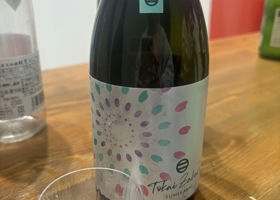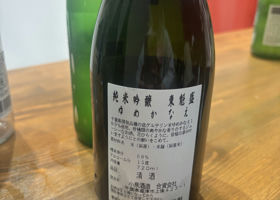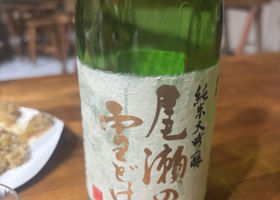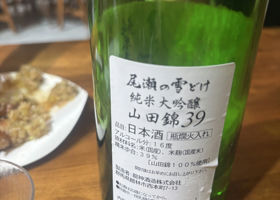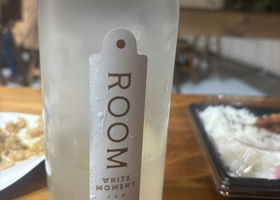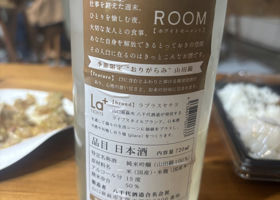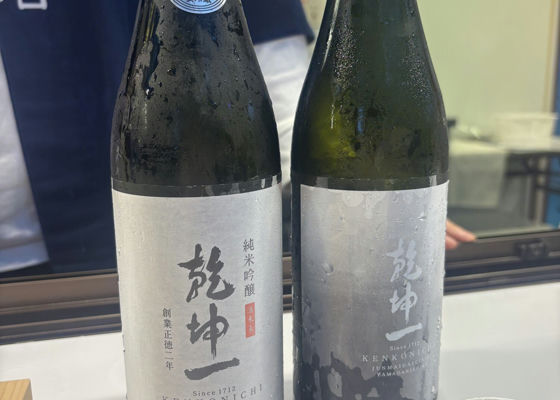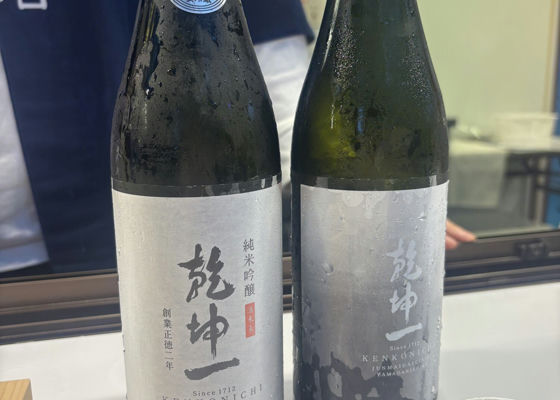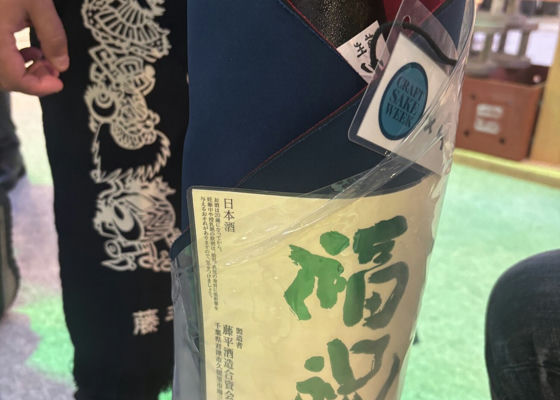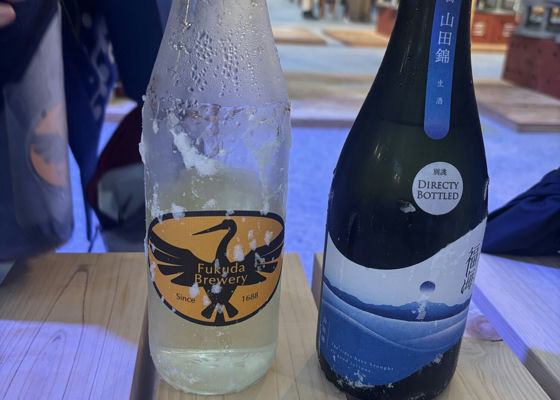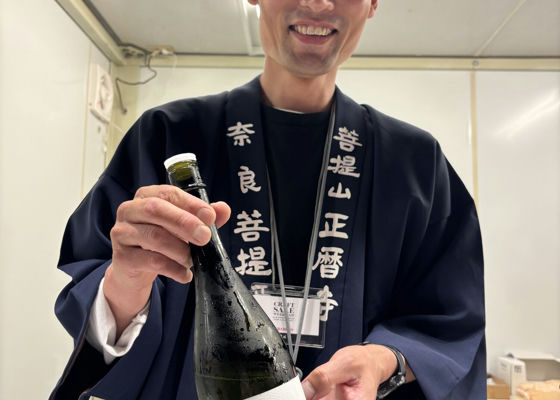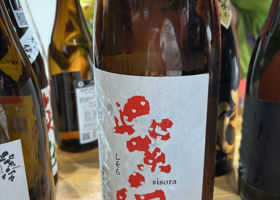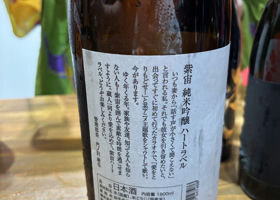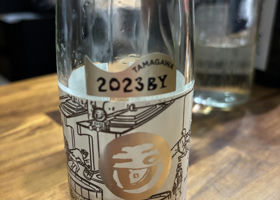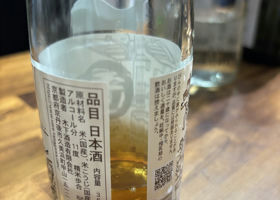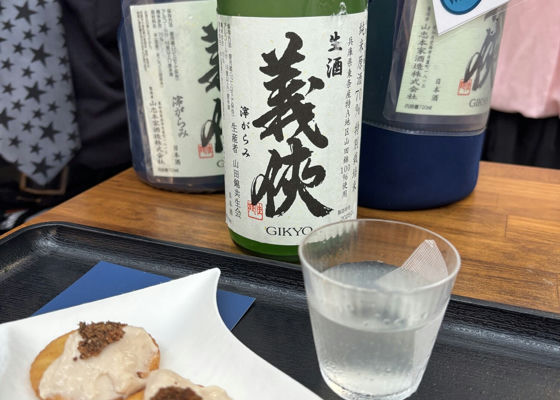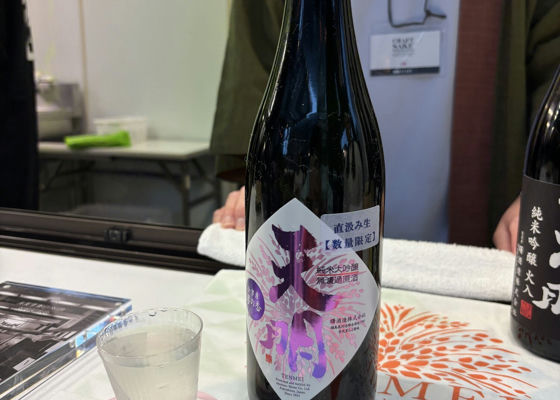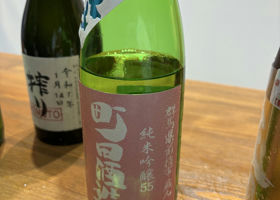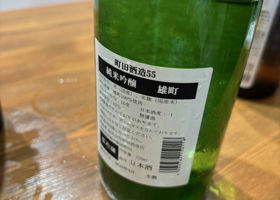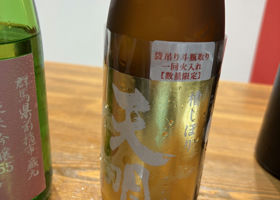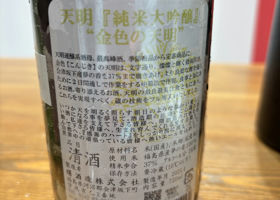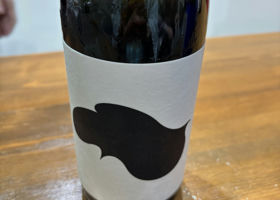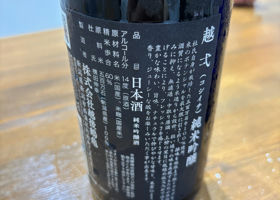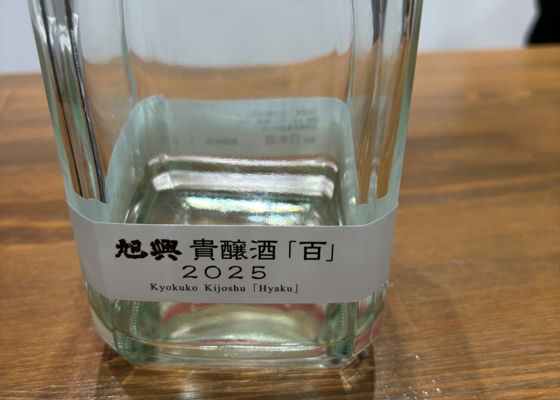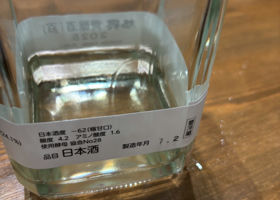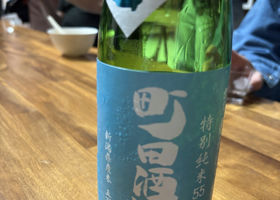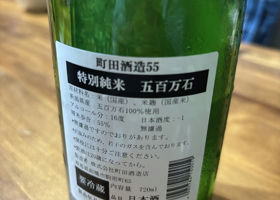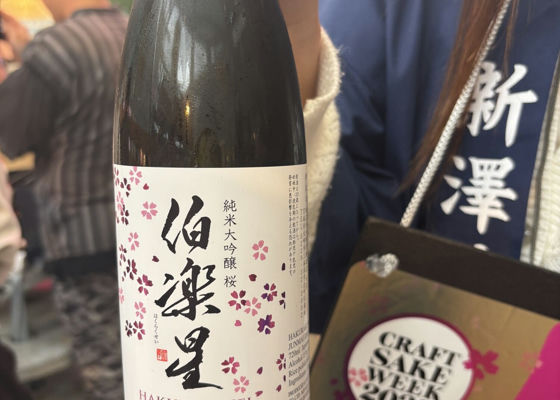

mana
The aroma of white wine spreads softly as soon as the glass is tipped. As this impression remains, a gentle sweetness spreads softly in the mouth, followed soon after by a tight acidity. The acidity does not play too much of a leading role, but is balanced by the sweetness, making the drink refreshing and light, just like a fruit wine. Its appeal is even more pronounced when served well chilled.
This is a bottle that truly represents "the challenge that is typical of Azumatsuru.
The Higashitsuru Brewery, which has been in business for more than 200 years in Taku, Saga, has been rebranding itself since the current brewer, Mr. Komatsu took over, and succeeded in obtaining soft water more suitable for sake brewing by digging a new well 100 meters down. With this water and new facilities, the quality of sake has been refined and the expression of acidity and clarity has been refined.
This junmai-shu made with wine yeast is one such challenge. By daring to use wine yeast instead of the usual sake yeast, we were able to achieve a different acidity and aroma from conventional sake. Especially this year, the koji has been finished well, giving the sake an even more translucent appearance.
This is a slightly strange, yet very pleasant sake that makes you think, "Sake can be like this. It is recommended for sake beginners.
Japanese>English
